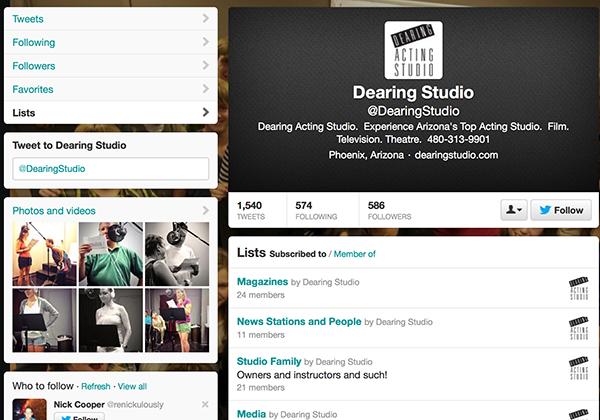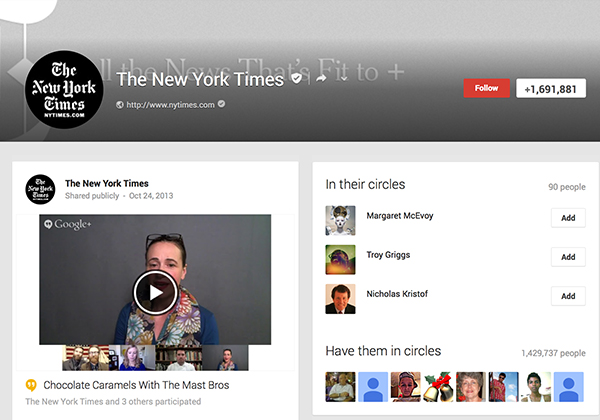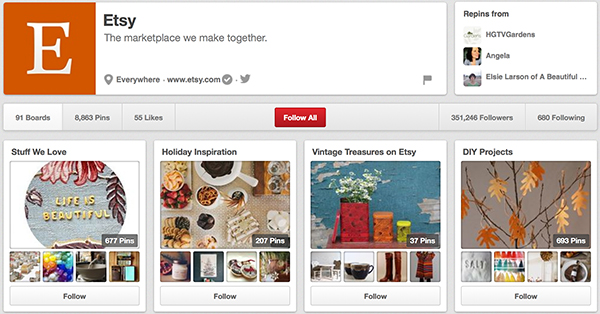We all know at this point that a social media presence is crucial for any business. It is perhaps the best way for direct customer engagement and boosting visibility on the web today. Everyone is doing it, and an entire rebranding effort can be pushed using a social media page. Not to mention other benefits like promoting sales and reaching a new target base.
The question is not how useful social media is. It is about how many social media profiles you should have in the first place. With so many platforms to choose from, it can start to feel a bit redundant.
It Isn’t Quantity, It Is Quality
Really, there is no magic number for social media business listings and pages. But one thing is for certain, a single well maintained profile is better than half a dozen mediocre ones. As for having a badly managed one? That can actually hurt your brand.
The trick is to find what social networks can provide the most benefits for your company. Then focus on crafting a well made, well maintained, active community through each one. Whether you do this with a single profile or several isn’t the point, as long as they are all high quality.
Finding which networks will work best for you is really just a matter of taking a look at each one and integrating it into your campaign.
Facebook Page

Probably the most obvious, Facebook is a popular platform for just about any form of engagement and advertising. Being the most used social network of all time helps, as does its focus on business. You can take advantage of many features that have been created for the sake of companies, and advertising costs are ridiculously low.
But the true power of Facebook is community building. There are fewer restrictions on things like character count, and pages are easy to share things on. Much of the content shared by pages on Facebook have the potential to hit viral status, and often do.
Who Is It For: Anyone who wants a more in depth connection with the people on their page.
Possible ways to use creatively: Let your customers speak on your Facebook wall adding more social media context around your brand. See “Customers speak” tab of SquareTrade for example.

Much more succinct, Twitter is the platform of choice for consumers who want to speak directly to brands. The open format make it a powerful tool for connecting to others around the world. It is also great for networking on a professional level, and launching full scale campaigns.
The downside is their advertising. While they have chosen to go public, and are focusing on improving their advertising, it isn’t quite there yet. Most brands choose to mix Twitter without other sites for a more rounded advertising experience and better results.
Who It Is For: Brands that want a quick and easy way to connect, and for reputation management.
Possible ways to use creatively: Organize people you follow in circles and revise your tweeting and following strategy from list to list. Example
Google+ Business Page

Google+ is controversial. First, it is the second most active social network. But it is also not clear how many people really use it, versus just using their Google accounts in general. Because of that, no one is sure whether its application is really solid in a marketing context.
One thing that is clear is that Google has pulled out all the stops to make it a good business platform. Including features like SEO boosting metadata, authorship verification for content, and identifying features that make a company immediately recognizable on the social site.
Who It Is For: Branding, branding, branding. Also, any company that wants to combine other Google services, like YouTube.
Possible ways to use creatively: Re-package your content into other formats utilizing Google Plus Hangouts. See what The New York Times is doing as an example.
Pinterest Pages

Ah, Pinterest. As the new kid on the block, it has gained quite a following. Social media gurus swear by it, and they have a point. Images are perfect viral material, and pretty much market themselves. Having an entire network dedicated to it is a smart idea, and there is a reason companies have jumped so readily onto the bandwagon. Especially now that Pinterest offers business pages.
The problem is that not all industries lend themselves to a visual format. Sure, you can force it a bit and find some way to make an image relevant. But it probably won’t have any real affect.
Who It Is For: Businesses that can offer a visually appealing campaign without having to force it.
Possible ways to use creatively: Invite “guest pinners” to your page to get your customers involved into content marketing for your brand. Se what Etsy is doing for example.
Tools
- Don’t forget to check both Knowem and BusinessProfiles.com for effective profile management
- Use Tweetdeck for mentions monitoring
Do you have any tips or tricks about social media use in a business context? Let us know in the comments.
- How To Build Traffic Without Relying On Google Rankings - July 4, 2025
- Why I Blog, and Why You (and Your Business) Should Too - September 27, 2024
- How To Promote Your Ebook On Twitter - May 30, 2024
- How to Print Your Social Media Memories - March 7, 2024
- How to Boost Sales with Social Media - August 1, 2023
- 5 Community Building WordPress Plugins - May 16, 2022
- 5 SEO Tips For Blogging And Content Creation - February 21, 2022
- Facebook Video Ads and Your Small Business: 6 Tips to Help You Win New Audiences - November 1, 2021
